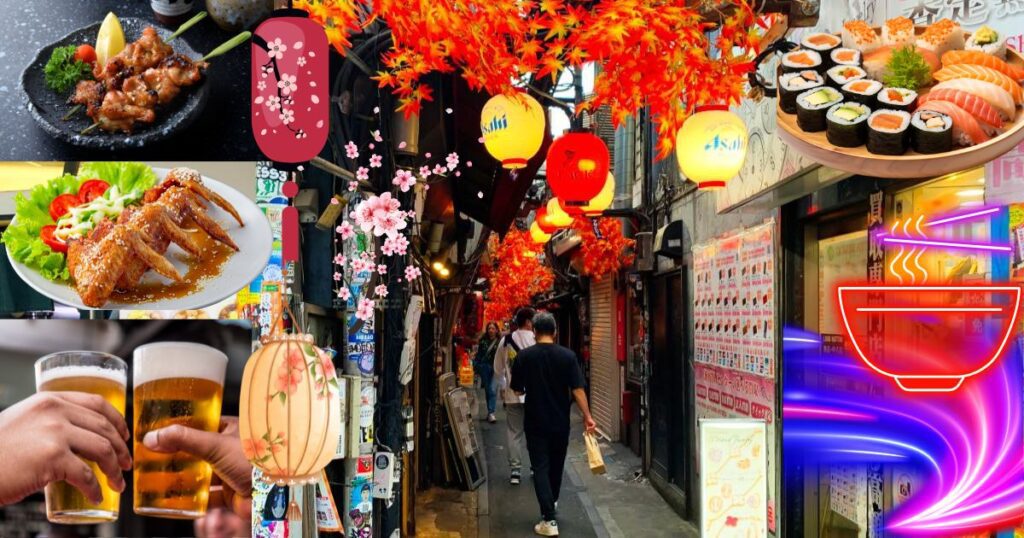Omoide Yokocho, or “Memory Lane,” is more than just a food alley—it’s a place steeped in history, emotions, and connections. For over 70 years, its smoky grills and narrow pathways have served as the backdrop for countless stories. In this article, I step into the heart of Omoide Yokocho, gathering tales from the locals who call it home and visitors who’ve found magic in its alleys.
A Vendor’s Story: Keeping Tradition Alive:
Hiroshi-san is a second-generation yakitori vendor who has been grilling skewers at the same stall his father started after World War II. “My father used to sell onigiri (rice balls) and grilled fish when meat was scarce,” Hiroshi recalls. “Now, people come from all over the world for my yakitori.”
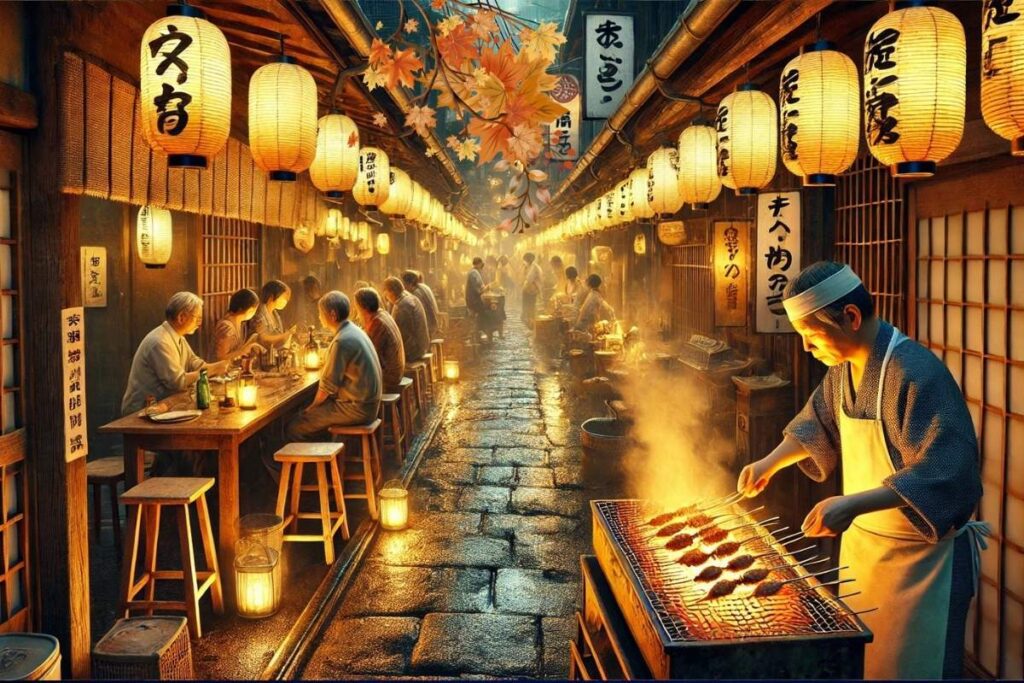
I saw memories flickering in his eyes and felt the depth of his longing for his father, who had passed away two years ago. The shop and the business still carry the shadow of his father’s presence
Hiroshi’s stall is one of the oldest in Omoide Yokocho, and he takes pride in preserving his father’s recipes. “The secret is patience,” he says with a smile, flipping skewers over hot coals. “And listening to the stories of customers who sit at my counter.”
I felt his story was awe-inspiring. I understood his feelings!
A Tourist’s Memory: A Meal That Became a Friendship:
For Sarah, an Australian tourist visiting Japan for the first time, Omoide Yokocho wasn’t just about food—it was where she met lifelong friends. “I squeezed into a tiny bar and started chatting with a couple of locals,”
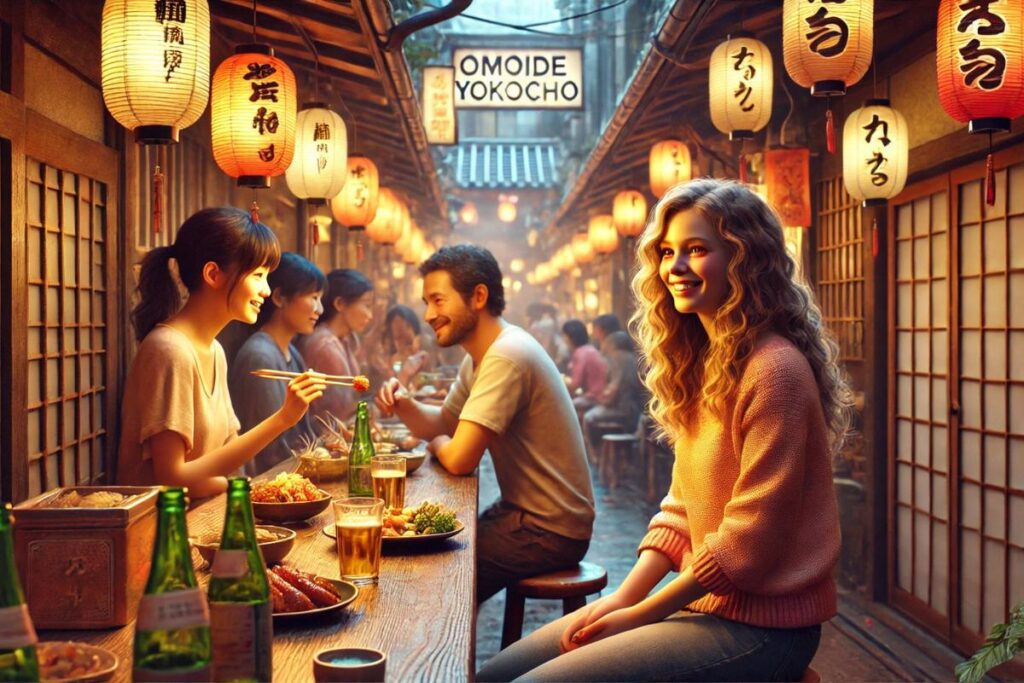
Sarah shares with a happy smile, “We ended up bonding over our favorite dishes, and they even showed me other hidden spots in Tokyo after dinner.”
The intimacy of the alley encourages connections, she says. “Conversations flow naturally when you’re sitting shoulder to shoulder in such a small space.”
A Night of Reflection: Finding Solace in the Alley:
For Taro, a Tokyo salaryman, Omoide Yokocho is a refuge. Sipping from his beer glass, he said, ‘After a long day at work, I come here to unwind. The warmth of the grills, the smell of the yakitori, and the chatter of people—it’s comforting.
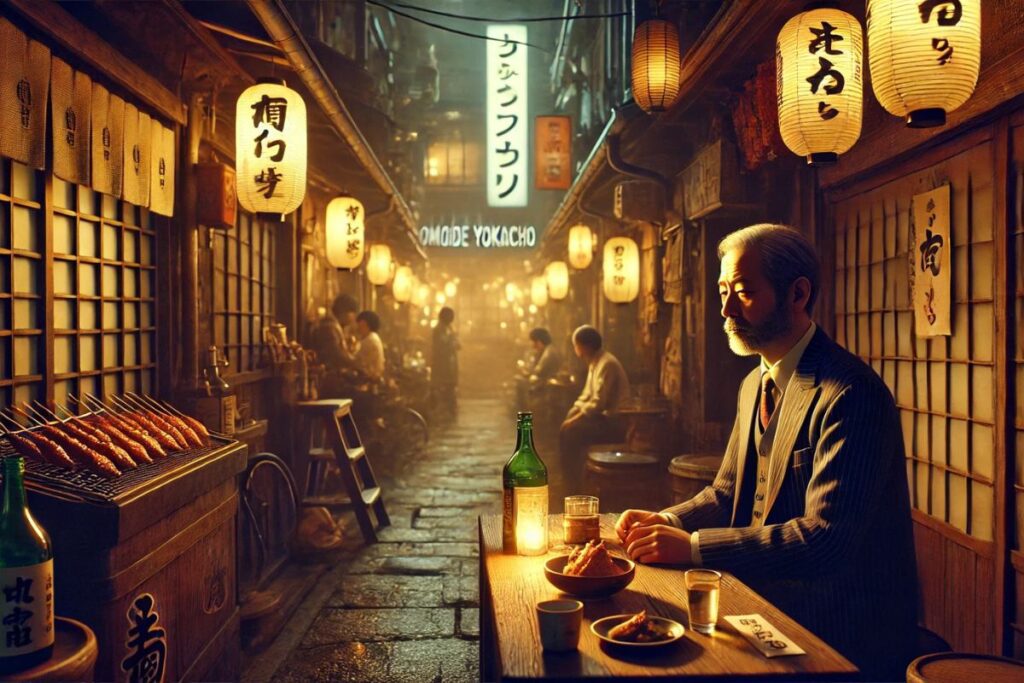
Taro often sits alone, nursing a glass of shochu while reflecting on his day. “This place hasn’t changed much since my father brought me here as a kid. It’s like stepping back in time.”
Behind the Scenes: The Soul of Omoide Yokocho:
What makes Omoide Yokocho truly special are the moments you don’t see in glossy travel guides:
- The vendor knows each customer’s usual order and asks about their family.
- The traveler shares their excitement over trying horse sashimi for the first time.
- The late-night laughter echoing through the alleys, blending strangers’ voices into a single melody.
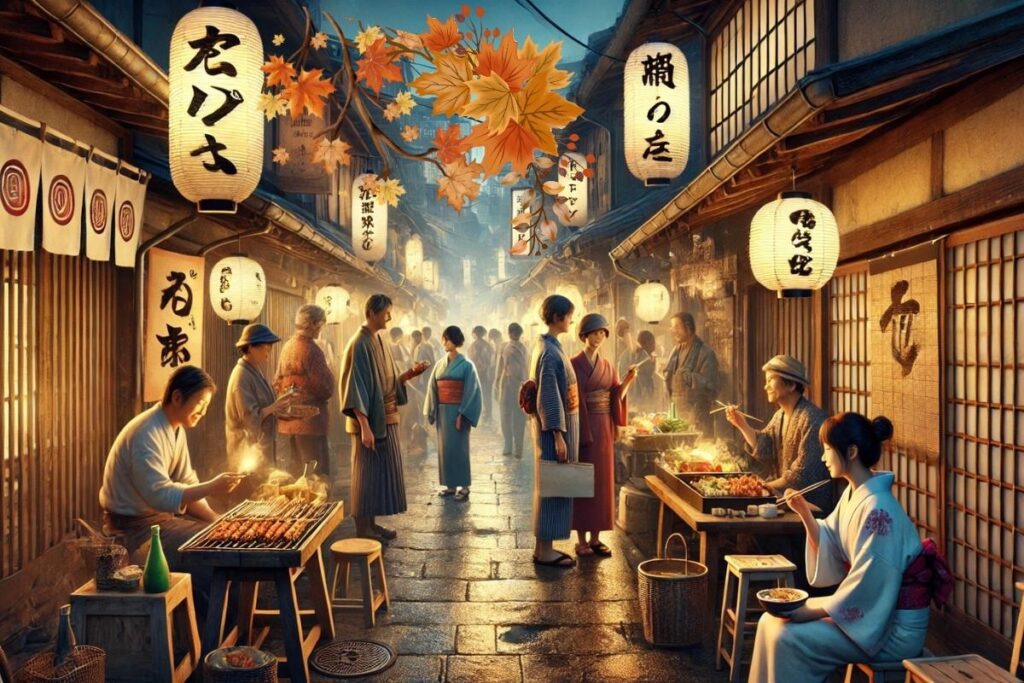
Each moment at Memory Lane is a story waiting to be told. It might be difficult for those who are not familiar with Japanese culture to fully grasp its significance.
However, this place holds deep meaning for the vendors and regular customers who gather here. Many of these individuals are highly educated, but they choose to continue their craft out of love and respect for the traditions their ancestors upheld, preserving the unique spirit of this community.
Why Omoide Yokocho Resonates?
The magic of Omoide Yokocho lies in its ability to connect people:
- Locals: Who’ve seen the alley grow and change but hold tightly to its traditions?
- Tourists: Those who come seeking food and leave with stories.
- Dreamers: Who find inspiration in its resilience and authenticity?
What’s My Final Word?
Omoide Yokocho isn’t just a destination—it’s an experience, a meeting place of past and present, and a living repository of stories. No matter what you’re doing here or if you’re sharing a drink with a stranger, learning a recipe passed down through generations, or simply enjoying a quiet moment in the bustling alley, Omoide Yokocho becomes part of your memory as much as you become part of its story.
The alley looks narrow, but don’t hesitate to step into Omoide Yokocho with an open heart and let its tales unfold around you. Who knows? Your own story might be the next one told here. I love the place and visit it every time I go to Shinjuku.
Important Note: Taking photos with permission is generally fine, but it can get crowded in the evening. When we take photos, people around us often feel uncomfortable, stop talking, or become nervous. To respect their privacy and maintain the ambiance, it’s better to avoid causing any disturbance. Instead, I’ve shared images that reflect my personal experiences there.
If you’re new to Omoide Yokocho, be sure to check out my other article: “Why It’s Important to Know the Significant Rules of Omoide Yokocho?“
If you’re interested, you can book a Yokocho Tour.
